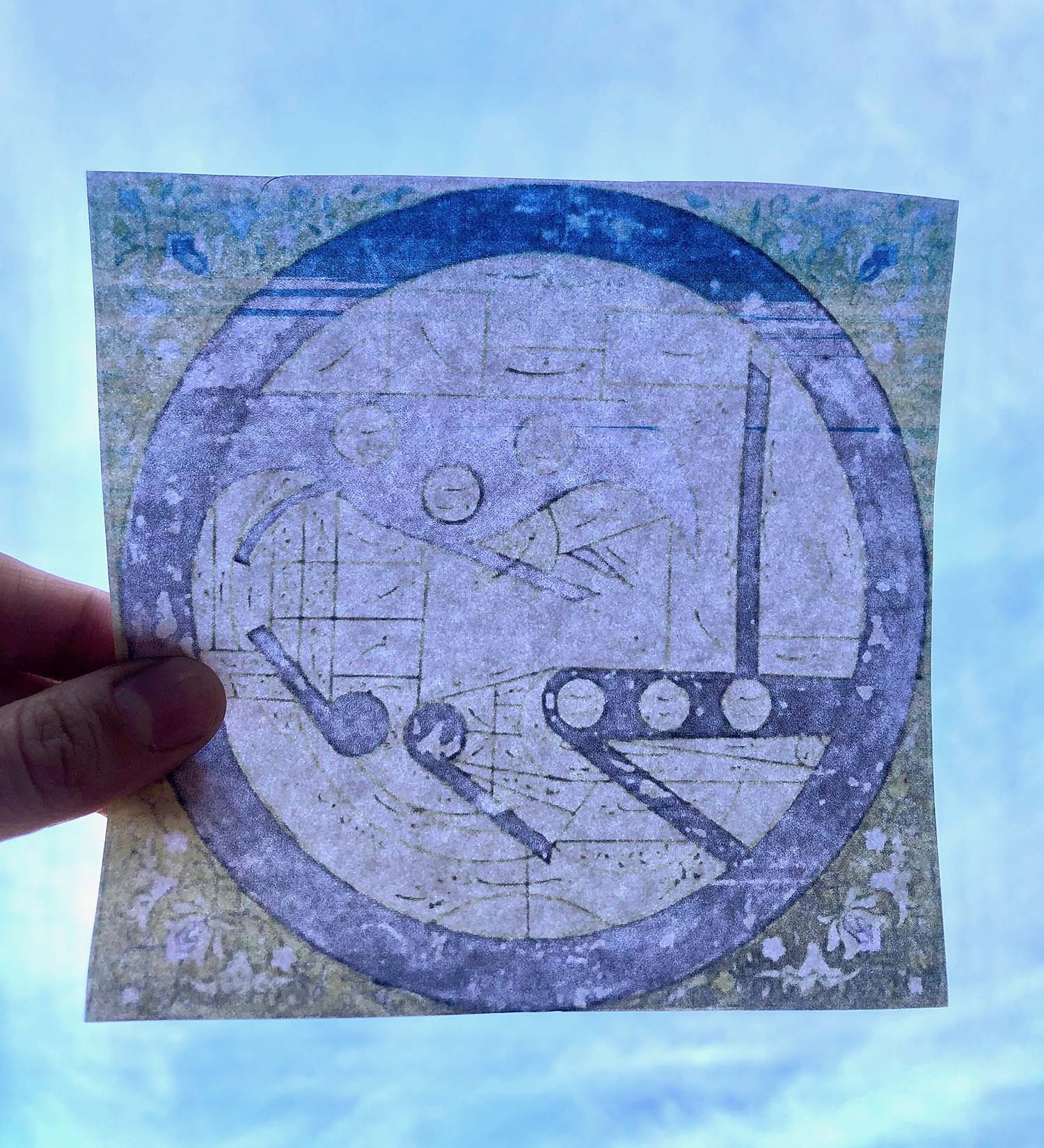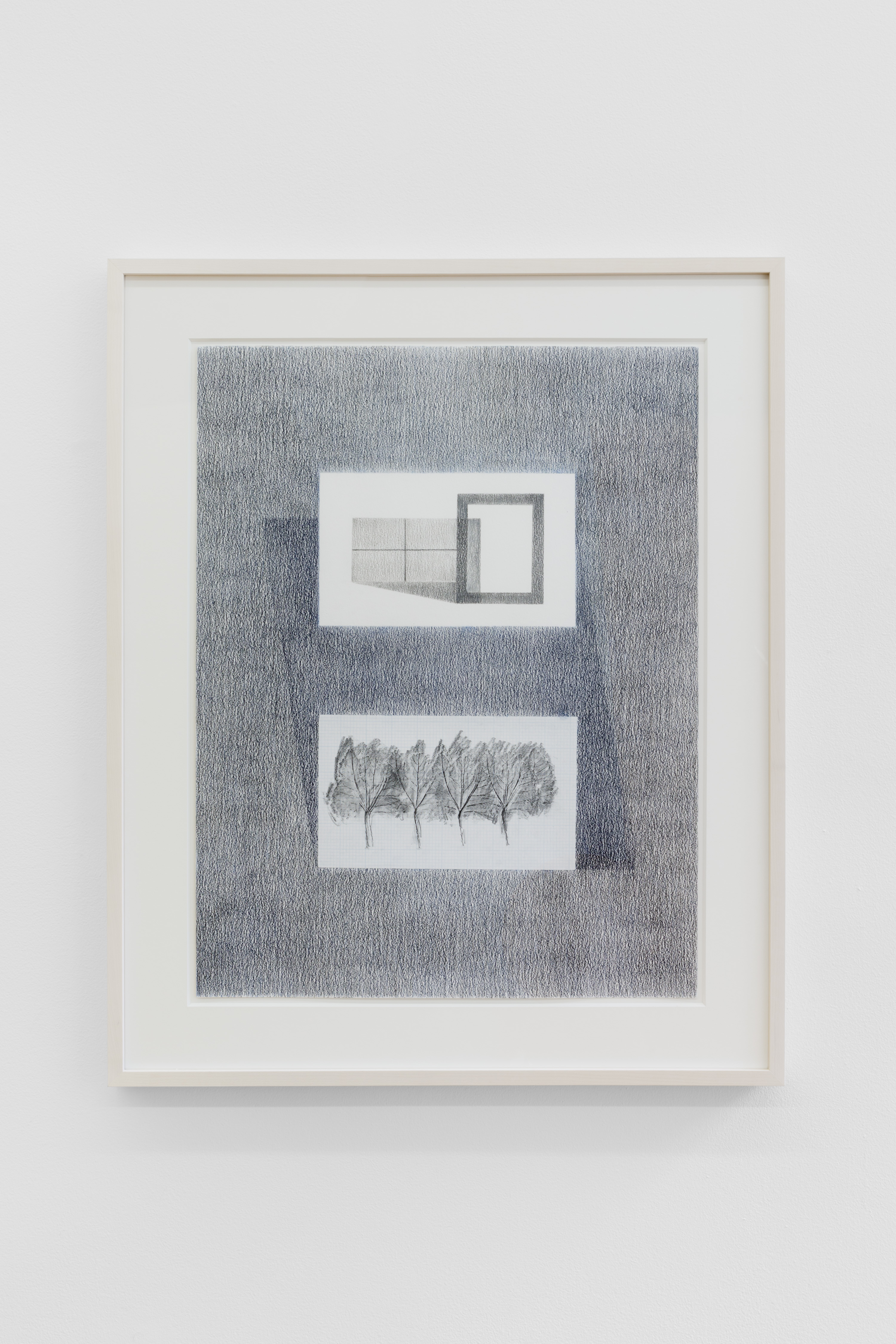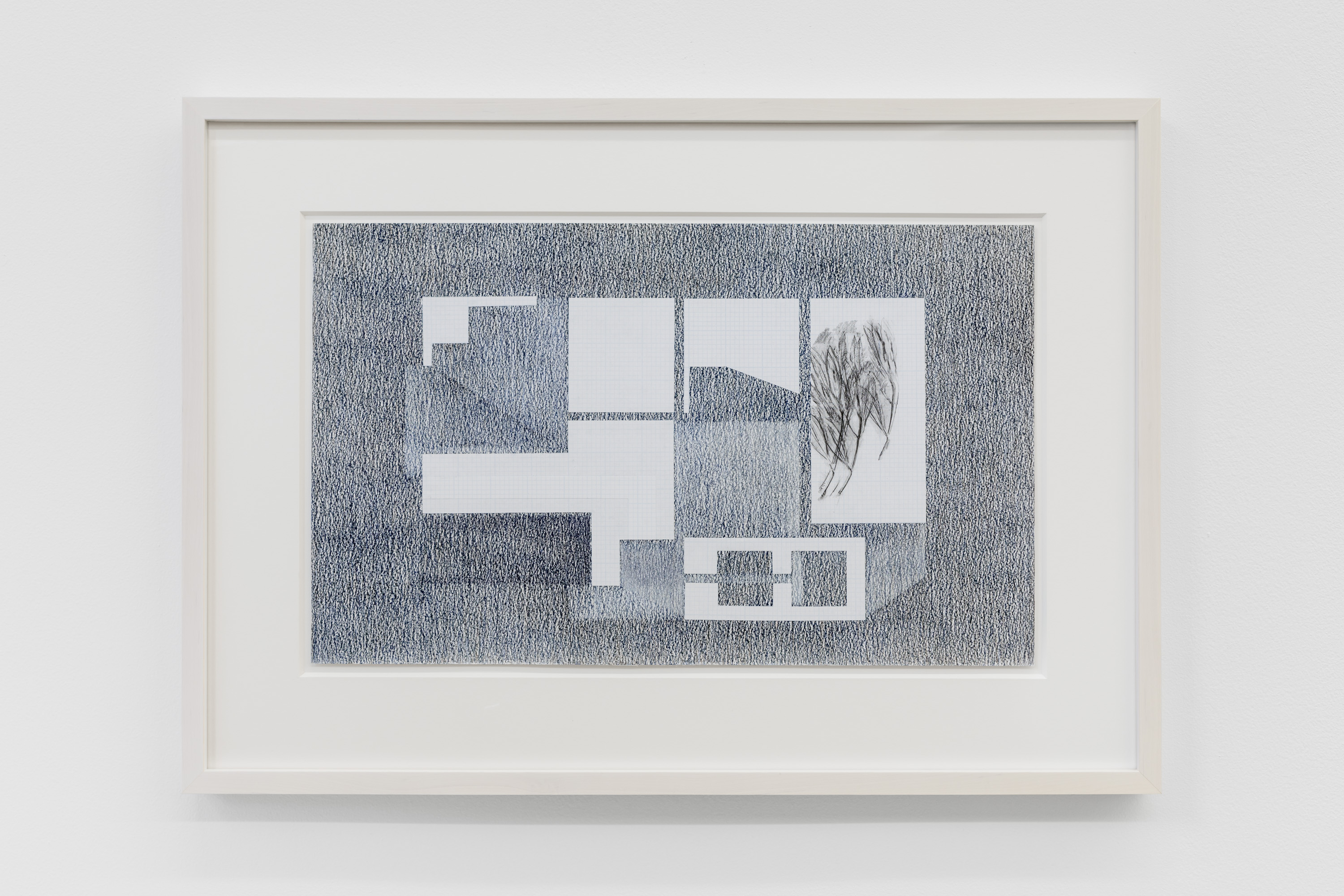Nazafarin Lotfi
Maps of No Return
September 18 - October 30
Maps of No Return
September 18 - October 30

Nazafarin Lotfi returns to Chicago to present Maps of No Return, her second solo exhibition at Regards. Through the interplay of new sculptures and drawings, Lotfi creates worlds based on real places and the things that live in them. Developed primarily in response to personal and research-driven relationships with maps and gardens, the works comprising Maps of No Return conflate notions of control and openness, questioning how our relationships with places complicate the ways in which we become both tethered to and detached from ourselves and others.
Drawing upon traditional approaches to garden-making in Iran, Lotfi addresses desired utopic landscapes while also acknowledging the garden as a place of tension, exclusion, memory, and possibility. She thinks and works with intention in the garden, making choices and defining it spatially while refusing to dominate or possess it. The process is more collaboration than an act of authorship as she works with the elements and conditions provided in a continuous state of becoming. Just as a garden asks something of the dirt, the water, the sun, and its contributing lifeforms in order to develop and sustain, Lotfi does not attempt to command materials in her artwork; she asks something of them. Choices get made, processes initiated, and results present themselves, setting off a new sequence of choice, process, and result until she arrives with the work at a point when time and place can take over. Across all of the work in this exhibition, we witness geometries extruding and flattening, marks building and overlapping, mobility coaxed then halted as Lotfi ends her influence on each piece.
The principles of gardening that frame this work intertwine with Lotfi’s considerations of how maps can simultaneously clarify and destabilize how we relate to places we’ve been, places we occupy, ones we seek to visit, and others we can only imagine. It’s a line of thinking that manifests itself in Lotfi’s pictures as well as her object-based work. A single drawing suggests a confined space with illusions of multidimensionality, shadowy zones of densely layered pencil marks, and shaped graph paper floorplans, along with plant rubbings from her parents’ garden in Iran doing double-duty as trees between walls. Low-slung masses of papier-mâché emerge from the floor like a geological terrain inviting us to move around it from above, surveying each feature’s position relative to one another, only to then pull us into their complex surfaces, reminding us that they are, in fact, discreet, sculptural compositions.
There is comfort to be found, at times, in Maps of No Return but there is also conflict. The works are present, demanding that you engage their forms directly. But they also redirect us toward places and things that exist beyond their immediate materiality. Sculptures appear cavernous, hardened, and eternal as if they’ve always been there, and yet they also appear fleeting, fragile, and temporary like they might not be here for long. Drawings are rigid, clear, and instructive, but also messy, confusing, and challenging. Everything solidifying and falling apart all at once, again and again.

Maps of No Return (Space Domestication Series), 2021, Colored pencil, graphite, and collage on paper, 25 1/ 2 x 19 inches

Maps of No Return (Space Domestication Series), 2021, Colored pencil, graphite, and collage on paper, 12 x 19 inches